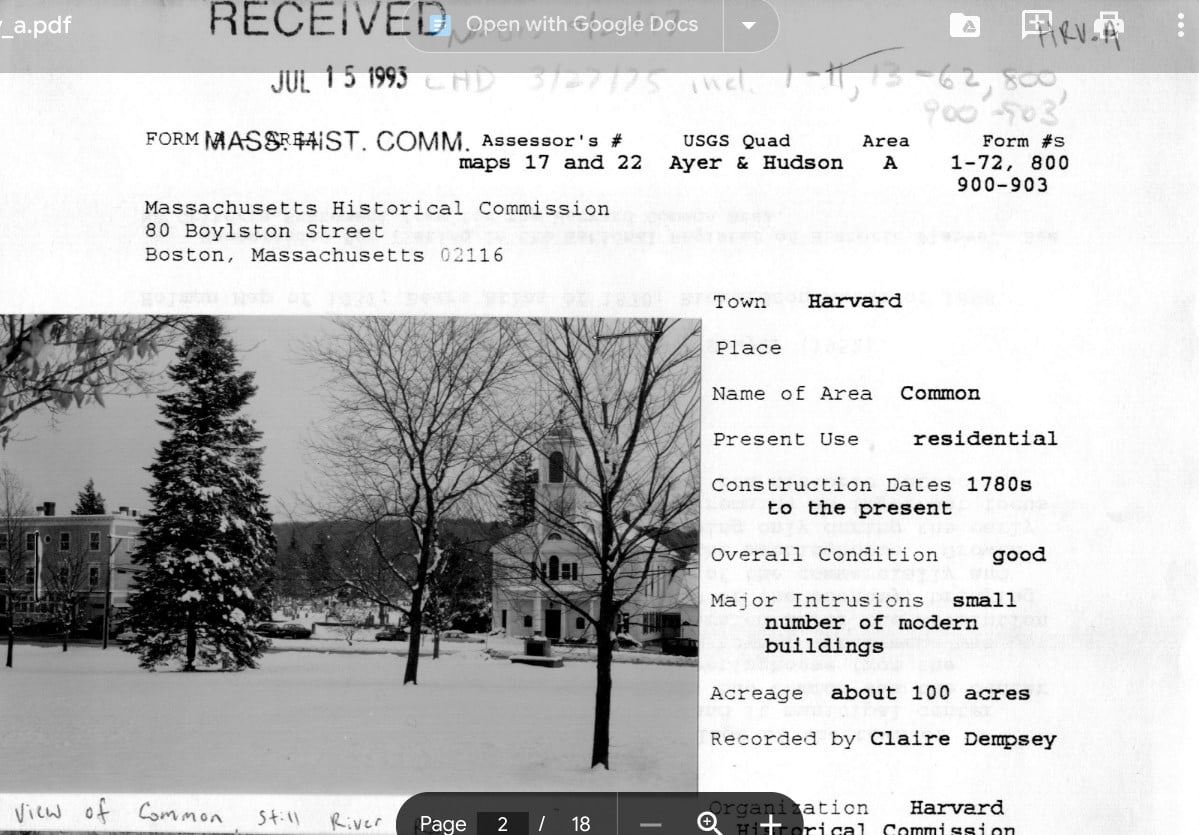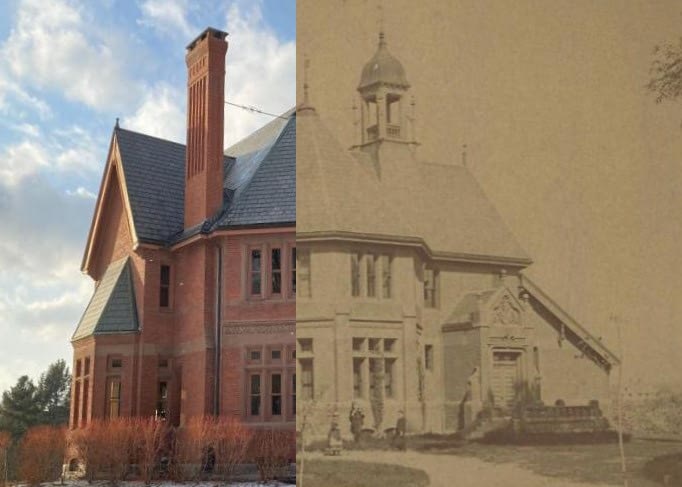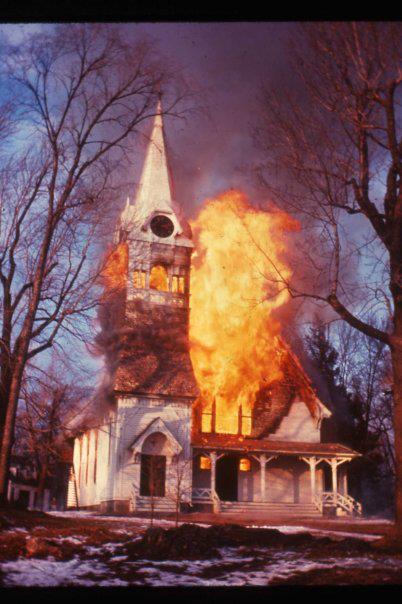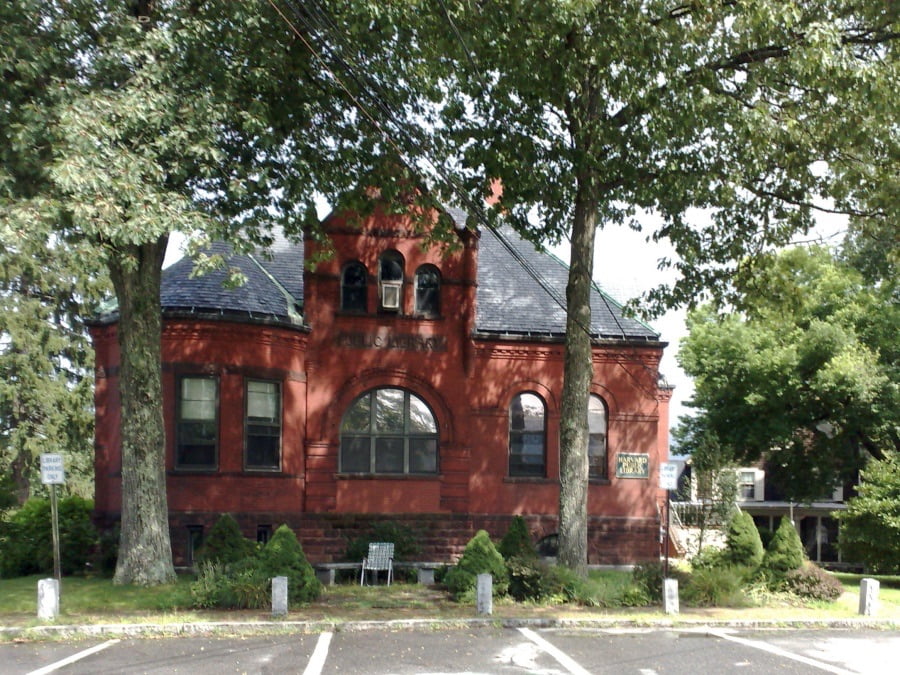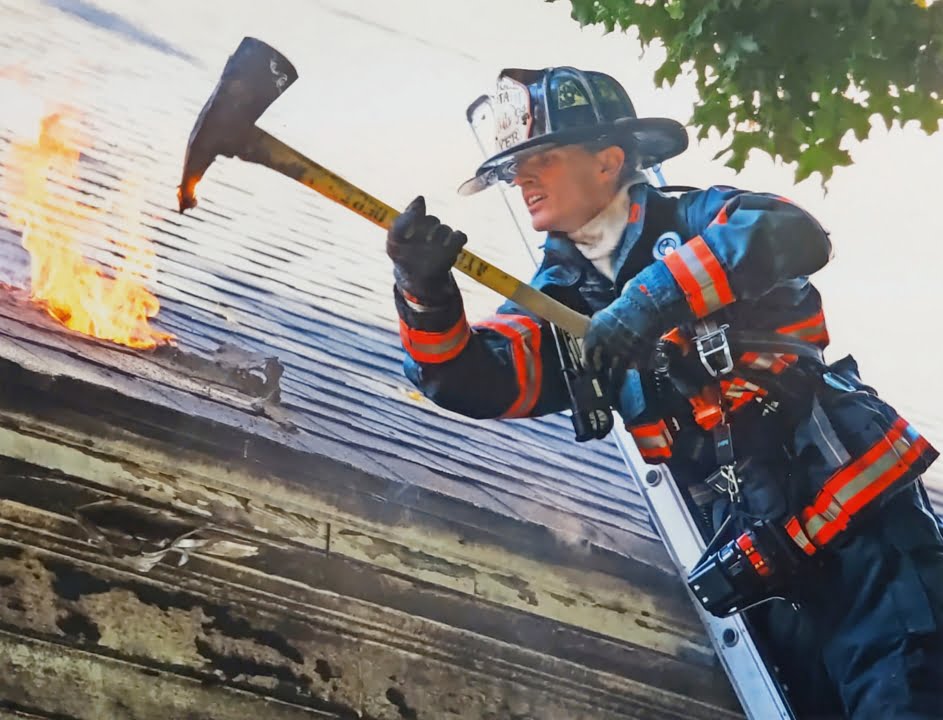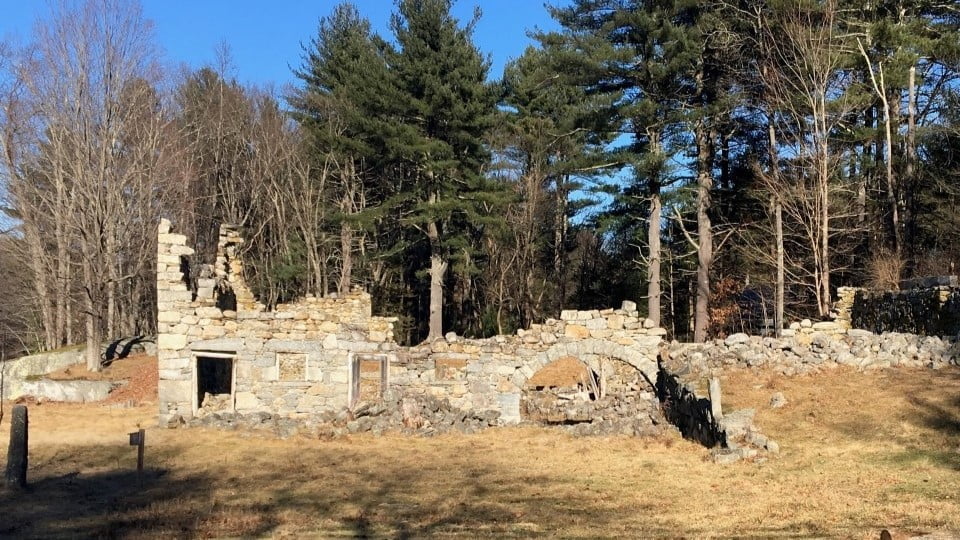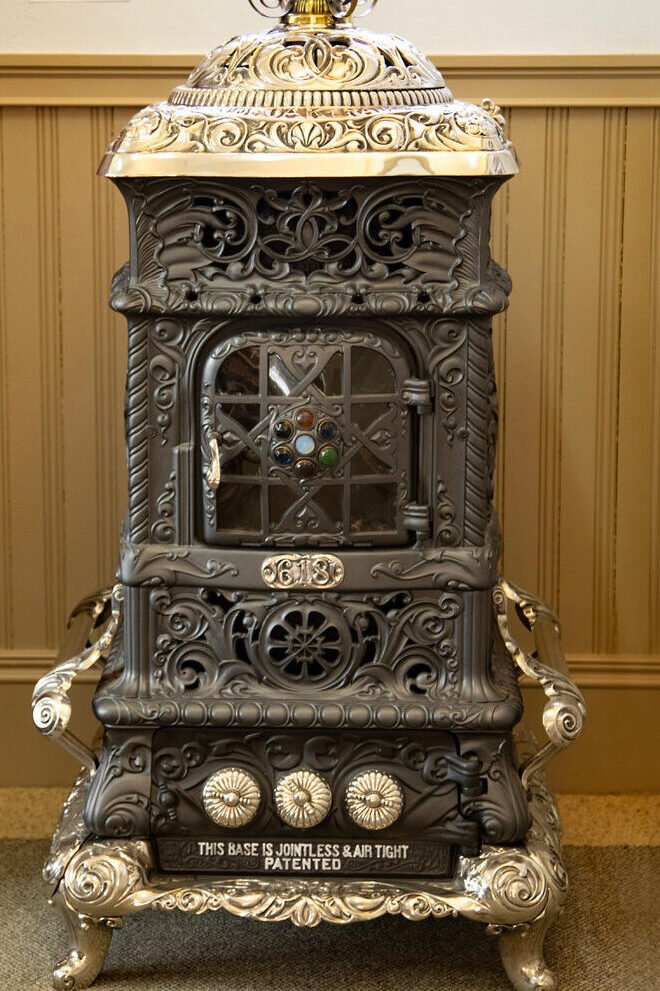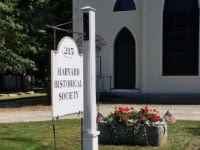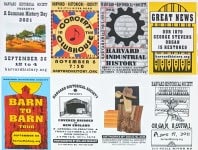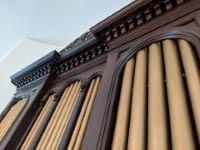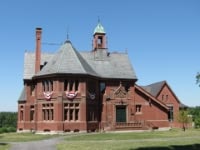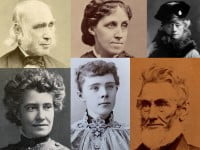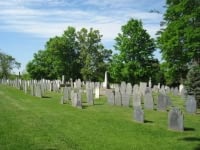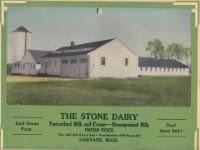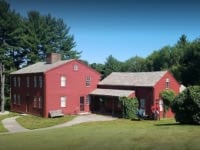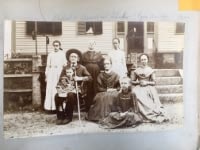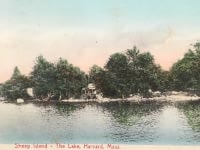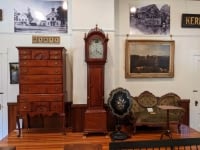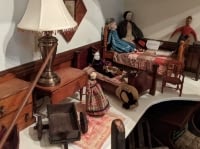The Creation of the Harvard’s Historic Districts
From our first settlers in 1668 through our citizens today, there continues a strong appreciation for the natural beauty in our town. Beginning with Bare Hill Pond, to the panoramas of Still River, Prospect Hill, and Oak Hill, we are surrounded by a treasure of natural beauty. Such beauty attracted the first settlers, traders, millers, and farmers; then later the industrialists, entrepreneurs, writers, artists, thinkers, philosophers, and philanthropists. All with their individual gifts came to bequeath so much cultural wealth to our history.
Appreciation for this wealth was very much alive in the early 1970s when the town chose to take action to preserve our town history by designating the Village Common and the Shaker Village area as historic districts, a legal mandate to preserve our historic assets.
By its architecture and by the interesting and sometimes colorful biographies of its owners, our historic buildings teach us about their owners and the times in which they lived. One of our own Commissioners, Doug Coots, expressed this idea so eloquently in his comment about the expressive and colorful Italianate architecture of the post-Civil War period:
“Architecture as an industry, stylistically is always influenced by the economic climate in which it resides. The historic period following the Civil War was economically vibrant and progressive. The Union had been preserved, an awful institution had been abolished, the war effort had proven the value of Mass Production. The West Territories were soon to be connected to the East by rail. The Gilded Age inclined architects to look again to Europe, especially toward architectural periods which suggested power and success. The Italian Renaissance and the Villas which represented the agrarian foundations of a nation’s sustainability were a fitting aesthetic.”
One such building, which unfortunately did not survive to the modern day, was the pergolas on Prospect Hill. In 1912, the Sears family ordered the construction of the pergolas next to Miss Clara Endicott Sears’ favorite creation, the Fruitlands Museum. The pergolas were in the Italianate style, which Mr. Coots described above. However, the pergolas were dismantled shortly after Miss Clara Endicott Sears’ death in 1960. While the reason for the deconstruction of pergolas is not fully known, it remains a pointed reminder of the importance of protecting historical buildings. It is especially tragic as the deconstruction of pergolas was only a few years from possibly being protected as a historical site by the town, in the same vein as the Village Commons and the Shaker Village. However, in present times, the residents of Harvard have a vested interest in preserving Harvard’s historical buildings and, by extension, its rich history.
More related to Harvard buildings...



